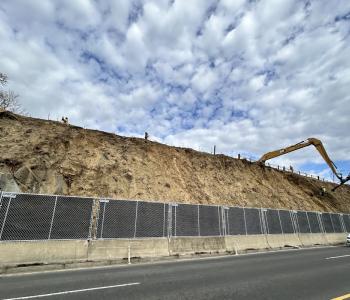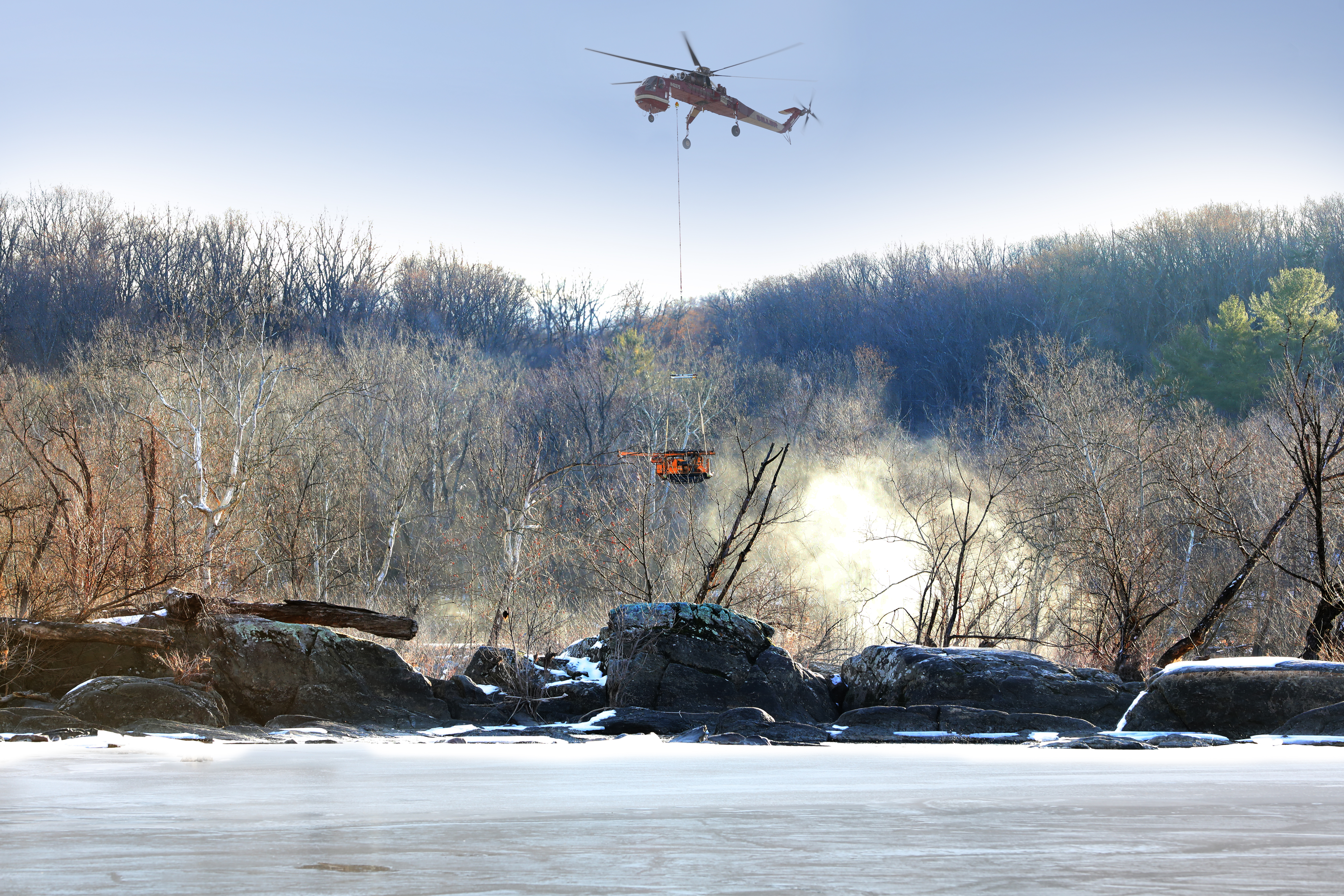WASA Requests Supreme Court Review Of Pollution Limits for Anacostia River
The District of Columbia Water and Sewer Authority (WASA) has petitioned the U.S. Supreme Court to review a federal appeals court decision which could adversely impact WASAs long-term plan for pollution reduction in the Anacostia River. The April 25, 2006 decision by the DC Circuit Court of Appeals overturned an earlier district court ruling and defined the word daily in the Total Maximum Daily Load (TMDL) standard for pollutants as a 24-hour period.
TMDLs, established under the federal Clean Water Act, are set by U.S. Environmental Protection Agency (EPA) and states to limit the amount of certain pollutants discharged into waterways from wastewater treatment plants like WASAs Blue Plains facility. The longstanding measurement of TMDLs on an annual and seasonal basis, rather than daily, was previously affirmed in 2004 by U.S. District Court in a lawsuit filed against EPA by the environmental group, Friends of the Earth, Inc.
However, Friends of the Earth prevailed in its circuit court appeal to define the TMDL as a daily limit for total suspended solids (water clarity) and dissolved oxygen (decaying organic matter). The decision could result in non-compliance rulings and fines for exceeding a TMDL over a 24-hour day.
In its petition to the Supreme Court, WASA argues that the appellate courts decision is in direct conflict with an earlier decision in the Second Circuit U.S Court of Appeals which upheld the EPAs TMDL interpretation. In its ruling, the circuit court held that TMDLs may be expressed in measures other than daily, given the seasonal nature of certain pollutants.
Meanwhile, WASA has started work on a federally approved 20-year Long-Term Control Plan (LTCP) to reduce 96 percent of the overflows in the Anacostia River from the Districts combined sewer system when its capacity is overwhelmed during heavy rainstorms. The design for the $2.2 billion plan, based on seasonal and annual TMDL standards set by EPA and the District, involves the construction of miles of huge underground tunnels and other facilities.
The appellate court decision could have an adverse impact on WASA and other cities across the country with combined sewer systems, WASA General Manager Jerry N. Johnson said. A re-evaluation of our long-term CSO control plan could mean additional costly sewer upgrades and a significant financial burden for WASA and its customers.
In spite of the huge expense and timeframe to implement the CSO control plan, WASA and the District account for only 20 percent of the Anacostias pollution problem. The remaining 80 percent is generated by stormwater runoff from neighboring jurisdictions, which must make similar efforts to control pollution.
###







